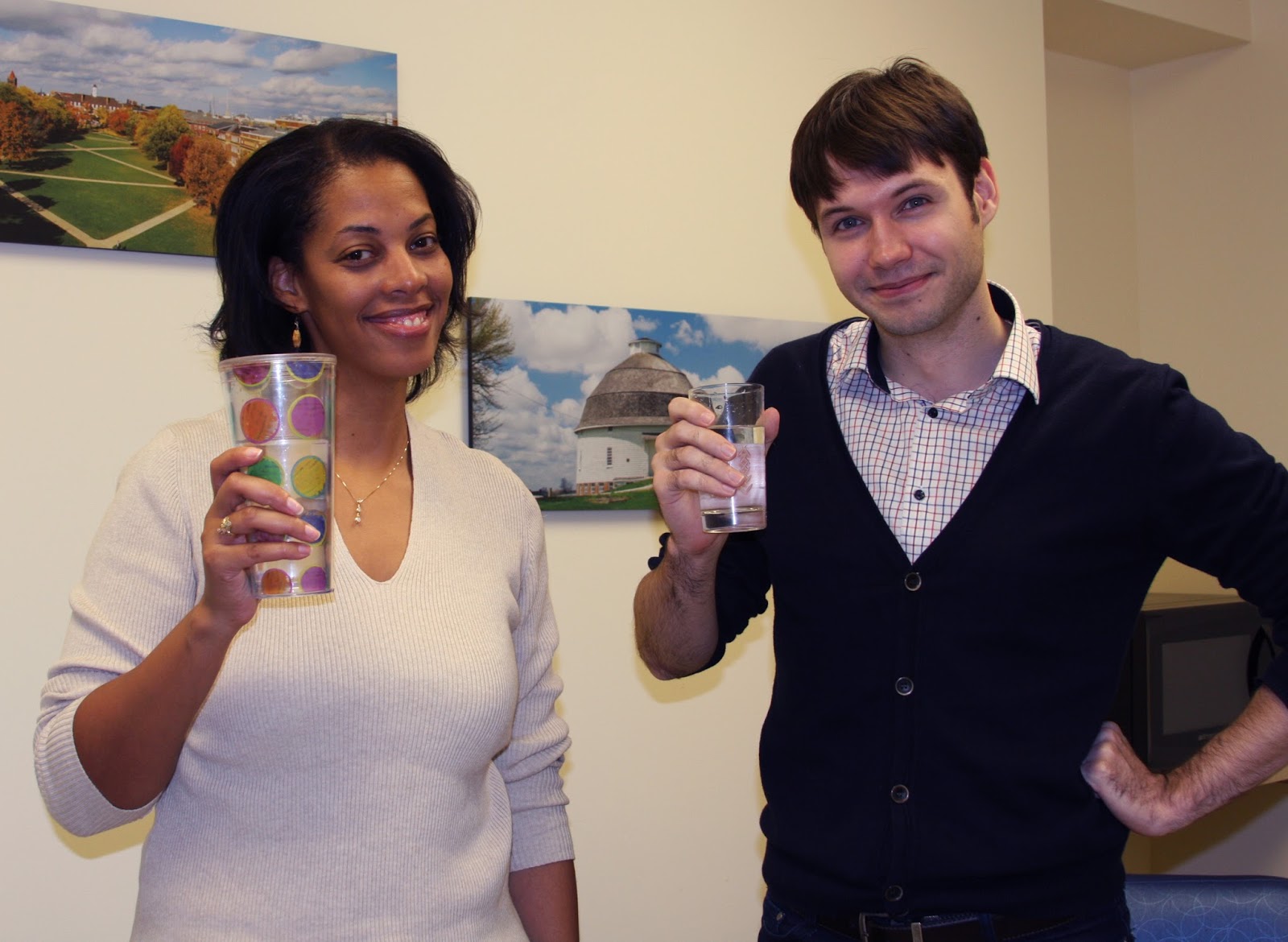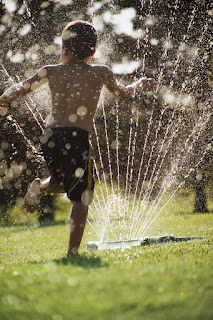When municipalities consider how to set water rates, they often look to neighboring communities as reference points. This can involve a lot of digging for data, which takes lots of time, and in the end, may be comparing apples with oranges.
In the Chicago area, communities can now benchmark their water rates much more easily and can set comparisons to other communities that make sense. Northeast Illinois is now one of eleven locations that has a free water rates dashboard providing utilities with the ability to compare their residential water and wastewater rates against multiple characteristics, including utility finances, system size, customer demographics, and geography.
The Northeast Illinois Water and Wastewater Rates Dashboard was created by the University of North Carolina Environmental Science Center with support from the EPA Smart Management for Small Water Systems—a nationwide project of the Environmental Finance Center Network (EFCN).
The water rates data that brings this tool to life was compiled by Margaret Schneemann, IISG water resource economist and Jennifer Egert, IISG summer intern, in a survey of 224 municipalities in the greater Chicago region’s seven counties—Cook, DuPage, Kane, Kendall, Lake, McHenry, and Will.
Managing water supplies sustainably starts with getting the price right.
One of the larger goals of the water rate dashboard is for municipal utilities to make informed choices when setting water rates so that critical rate-setting factors get their proper due. “Rate comparisons taken out of context can lead to peer pressure to keep rates low while neglecting other objectives such as cost recovery and conservation,” explained Schneemann.
Complementing the dashboard is the
Full-Cost Water Pricing Guidebook,
which offers local decision makers basic “how tos” on implementing rates that encourage efficient water use and support investment in aging infrastructure.
The water rate dashboards include dials showing comparative measures of average monthly bills, affordability, how well rates cover operation and maintenance costs, and the level of conservation that is encouraged.
“The dashboard promotes resource sustainability while also supporting financial security for the utility and economic development for the community,” added David Tucker, EFCN project director.
For utilities that make the decision to raise water rates to more sustainable levels, the dashboard provides data to back up these proposals. In designing this resource, it was made user-friendly for a variety of possible audiences, including city officials, reporters, and customers.
Household leaks cost the country more than a trillion gallons of water a year—enough to quench the water needs of roughly 11 million homes. The common culprits are toilet flappers, dripping faucets, and other leaky valves. Fortunately, there are easy steps you can take in your home and yard to save water and money. And that’s what Fix a Leak Week, March 16-22, is all about.
Sponsored by EPA’s WaterSense program, Fix a Leak Week offers demonstration events and online resources to help homeowners find and fix leaky toilets, shower heads, and more.
Household Water Efficiency is part of a larger effort to help individuals and communities secure a sustainable water supply. The Chicago region has long benefited from an abundance of fresh water. But legal limits on how much can be pulled from Lake Michigan and strained aquifers have left many concerned that demand will outpace supply.
In response to these concerns, CMAP led the development of a comprehensive water supply management plan for the 11 counties in the greater Chicago area. IISG research, including an overview of water rates, provided critical data for key components of the plan. IISG also developed a guide that helps city officials plan and implement water rates that encourage conservation and provide sufficient funding for utilities to detect and fix leaks in their water systems.
Three years after residents of Wauconda, IL approved a plan to transition to Lake Michigan water, the Lake County village has finally received the okay to build the infrastructure needed for delivery. Along with the nearby village of Volo, Wauconda is expected to begin tapping into the new source in 2018.
From the Chicago Tribune:
The agreement to deliver Lake Michigan water to Wauconda was a long time coming.
In 2012, Wauconda voters approved a $50 million plan to access Lake Michigan water, according to previous Tribune reports. But a deal with the water agency fell through in 2013, following a collapse in negotiations.
Talks started again in 2014, according to Tribune reports, with Wauconda and the agency reaching a deal early this year to deliver water to both Wauconda and Volo.
Now, planners are figuring out where to lay about 11 miles of new water pipe, said Darrell Blenniss, the joint water agency’s executive director. Read more
 The move toward Lake Michigan water is important for Wauconda and Volo. Like many northeastern Illinois communities, these villages currently draw water from deep-rock aquifers that are being drained faster than they can recharge. Lake Michigan offers a more dependable supply for these growing communities. And because groundwater supplies can contain low levels of chemicals that drive up treatment costs, the switch may also prove more cost effective.
The move toward Lake Michigan water is important for Wauconda and Volo. Like many northeastern Illinois communities, these villages currently draw water from deep-rock aquifers that are being drained faster than they can recharge. Lake Michigan offers a more dependable supply for these growing communities. And because groundwater supplies can contain low levels of chemicals that drive up treatment costs, the switch may also prove more cost effective.
But transitioning aquifer-dependent communities to lake supplies is just one step towards securing long-term access to quality drinking water. Conservation is needed to ensure communities don’t pull more from the lake than federal law allows and to relieve some of the pressure on inland supplies.
That’s why IISG has teamed up with the Chicago Metropolitan Agency for Planning to help communities implement some of the key water supply management strategies laid out in the region’s Water 2050 plan. For example, we developed the Full-Cost Water Pricing Guidebook to help officials adopt prices that fully reflect water costs and encourage conservation. Margaret Schneemann, our water resource economist, has also helped planning groups and communities adopt lawn watering ordinances to curb inefficient outdoor water use.
To learn more about these and other efforts, visit our Water Supply page.
Grab a glass, turn on the faucet, and take a drink. It’s a simple thing we do every day without much thought. But it wasn’t that long ago that at least parts of the country had reason to pause before reaching for tap water. As recently as the 1970s, in fact, concerns over drinking water quality were high and news was abuzz with reports of contaminants that posed risks to public health.
 The tides began to turn on Dec. 16, 1974 when President Gerald Ford signed the Safe Drinking Water Act (SDWA) into law. One in a string of environmental legislation, the act set the stage for the first national health-based standards for drinking water.
The tides began to turn on Dec. 16, 1974 when President Gerald Ford signed the Safe Drinking Water Act (SDWA) into law. One in a string of environmental legislation, the act set the stage for the first national health-based standards for drinking water.
The standards—set by U.S. EPA and enforced primarily by the states—set maximum levels for roughly 90 contaminants ranging from pesticides to human waste to naturally-occurring chemicals that can endanger public health. The more than 150,000 public water systems regulated under SDWA are required to test for contaminants and make changes when standards aren’t met.
Over the years, Congress has expanded SDWA several times. The original act focused primarily on treatment processes and technologies. Today, states are also required to assess the quality of rivers, lakes, and groundwater used for drinking water and determine their vulnerability to contamination. Grant and loan programs were also established in 1996 to help providers, particularly small water systems, protect source water, improve treatment processes, and train system operators and managers.
The 1996 amendments also make it easier for you to learn where your water comes from, how it is treated, and what you can do to protect drinking water supplies. Community water systems are required to provide this information in annual consumer confidence reports. You can also get answers to specific questions by calling the EPA Safe Drinking Water Hotline.
Despite these improvements, ensuring Americans have access to safe drinking water is not without its challenges. Check back here later this week for more information on some of the major obstacles faced by water providers and communities.
The Chicago Metropolitan Agency for Planning (CMAP) was recently recognized with a National Planning Excellence award for their work developing GO TO 2040 – a comprehensive regional plan that unites and coordinates seven counties infrastructure development.
Illinois-Indiana Sea Grant’s Margaret Schneeman, who works directly with CMAP, was involved in the plan development and implementation, and Martin Jaffe served on the Regional Water Supply planning group. Their efforts, combined with the expertise and work of dozens of individuals and agencies, resulted in the completion of the regional plan that will enhance sustainable development and planning throughout 284 communities in and around the Chicago area.
The summarized plan can be read here, and you can visit the GO TO 2040 link above to read the complete plan.
The American Planning Association awards programs, individuals, and agencies that utilize and implement planning techniques designed to create more sustainable communities. Visit the National Planning Awards 2013 webpage to see the complete list of award winners, including information about the GO TO 2040 plan.
You can also visit our Water Supply page to learn more about the importance of planning on water quality, safety, and availability.






